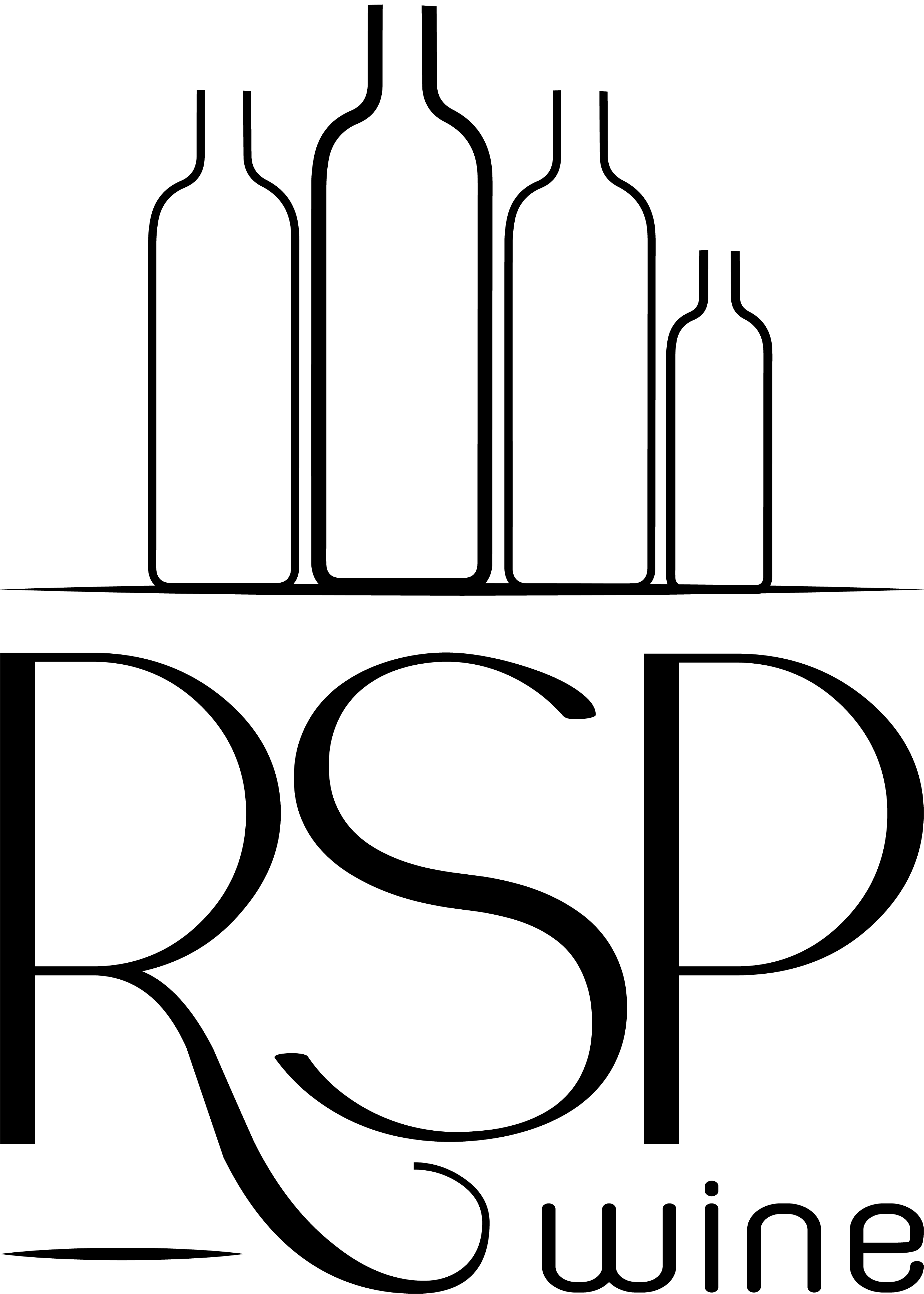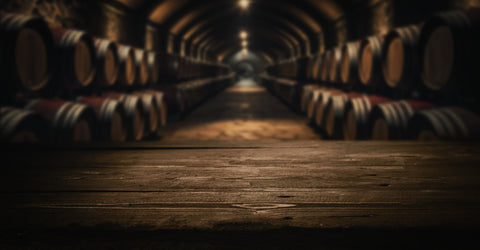DISCOVERING THE CLIMATES OF BURGUNDY
UNDERSTANDING THE CLASSIFICATION OF BURGUNDY CRUS
Welcome to the fascinating world of Burgundy wines, a wine region distinguished by its unique classification system and famous climats. Today we'll delve into the essence of what makes Burgundy wines famous, exploring why these vintages are so different from each other and what the famous climats are all about.
How is the classification of appellations determined?
The classification of an appellation represents a convention within the industry, essentially embodying a local tradition. The classification of appellations is based on various criteria:
Location : It plays a crucial role in appellations. A regional AOC (Appellation d'Origine Controlée) covers a large area, on the scale of the region or part of it. An AOC Village is delimited at the level of one or more villages. The delimitation of AOC Villages Premiers Crus and AOC Grands Crus is particularly precise, focusing on the level of climate.
Yield : Expressed in hl/ha, it is more restricted in the upper parts of the classification, and more important on the first levels.
Grape varieties : It is possible to use grape varieties other than Pinot Noir or Chardonnay (e.g. Aligoté) or blends of grape varieties (e.g. Bourgogne Passe-tout-grains and Crémant de Bourgogne).

Why are these vintages different?
The diversity of Burgundy wines is the result of multiple factors, such as the variety of soils, altitudes, exposure to the sun and viticultural practices. Wines from different climates can vary greatly in flavors, aromas and structure.
The richness of the wine classification system
In total, Burgundy is home to 550 hectares of vineyards classified as Grand Cru, representing approximately 2% of the entire Burgundian vineyard. Among these 550 hectares classified as Grand Cru, 356 are dedicated to the production of red wine and 195 to white wine.
The Grands Crus of Burgundy are produced in climats located exclusively in twelve wine-growing communes of the Côte de Nuits, the Côte de Beaune and Chablis. These plots are considered privileged because of their microclimates, their exposure, their soils, and benefit from an ancient reputation thus legitimizing the use of quality viticultural techniques.
The wine classification system

Burgundy has a unique classification system established according to a hierarchy of vintages. From the category of regional appellations to Grands Crus, each level reflects the quality and reputation of the terroir. Climates play a vital role in this classification, with each climate assessed on its intrinsic merits.
The Burgundy wine classification system is the result of a rich history, forged by centuries of experience and meticulous observation of the terroirs. Burgundy wines are grouped into four main categories:
- Regional Appellations: These wines, from across Burgundy, serve as an accessible introduction to the region. The variety of soils and climatic conditions is already evident in this category.
- Communal Appellations: Wines in this category come from vineyards specific to a commune. It is here that the first nuances of terroir begin to be felt, creating subtle differences between the vintages.
- Premiers Crus: This more restricted selection comes from the heart of a municipal appellation. These wines exhibit increased complexity due to specific growing conditions, heralding the distinctive characteristics of grand crus.
- Grands Crus: Vineyards classified as Grands Crus are considered the most exceptional, producing wines of incomparable quality and finesse.

The climates of Burgundy
It is not a question here of weather conditions, but of the Burgundian interpretation of the term "terroir". Climats represent carefully demarcated plots of land, often since the Middle Ages. They benefit from specific geological and climatic conditions which, associated with human labor, give rise to world-renowned wines.
There are 1247 distinct Climates, each with unique geological, hydrometric and exposure characteristics. Each Climat undergoes separate vinification, using a single grape variety, and the resulting wine takes the name of the original Climat. The distinctive personality of the Climat is expressed in the wine, year after year, thanks to the know-how of the winemaker. No other place in the world has sought to link its production to its terroir in such a precise and intimate way.
A large number of these Climats remain clearly recognizable in the landscape, marked by paths, stone walls, fences or meurgers, and are fixed and regulated by the appellation of origin decrees of 1936.
You can find the map of all climates on the CIVB website: https://www.climats-bourgogne.com/fr/carte_14.html
On July 4, 2015, the Burgundy vineyard climates were added to the UNESCO heritage list. This inscription testifies to the recognition of the singularity of the Wine Coast extending from Dijon to Beaune and as far as Santenay. These places present exceptional landscapes as well as a remarkable built heritage, illustrating unique know-how.




Comments (0)
There are no comments for this article. Be the first one to leave a message!